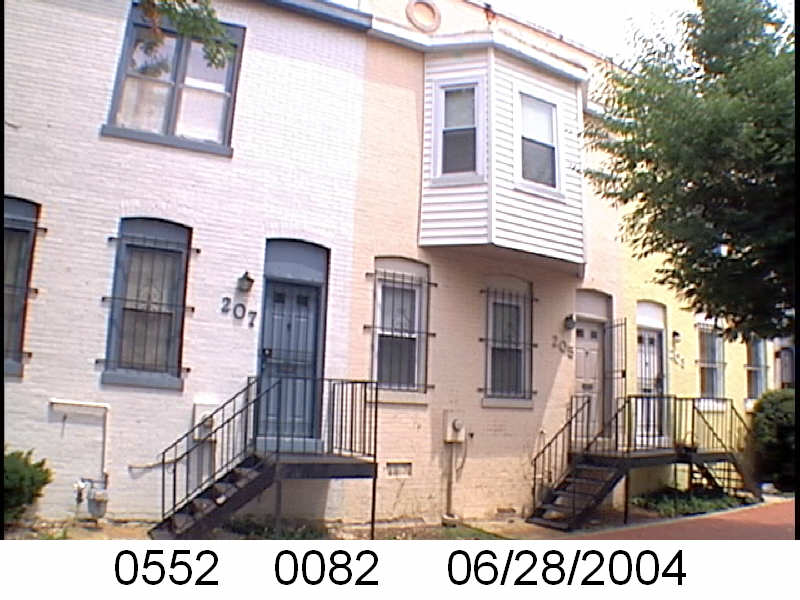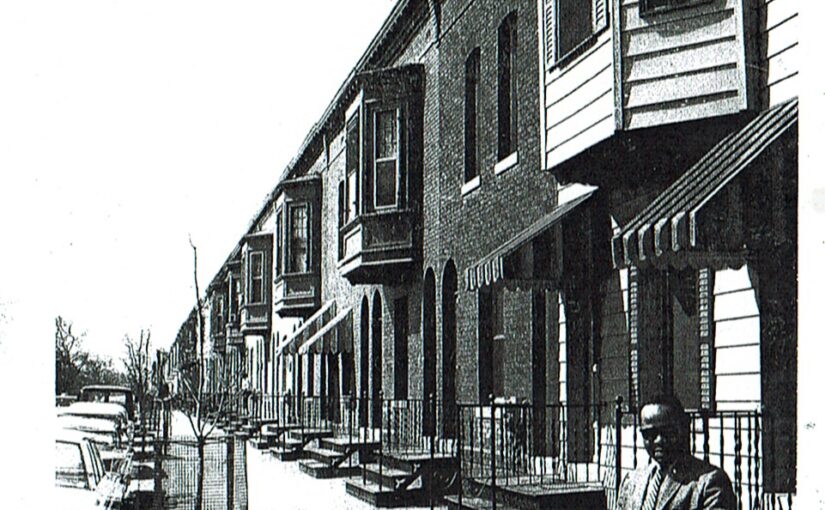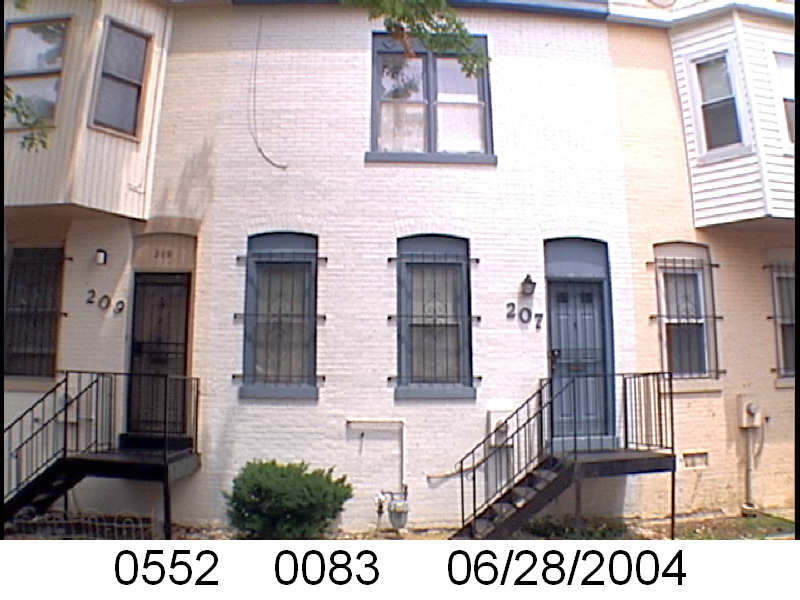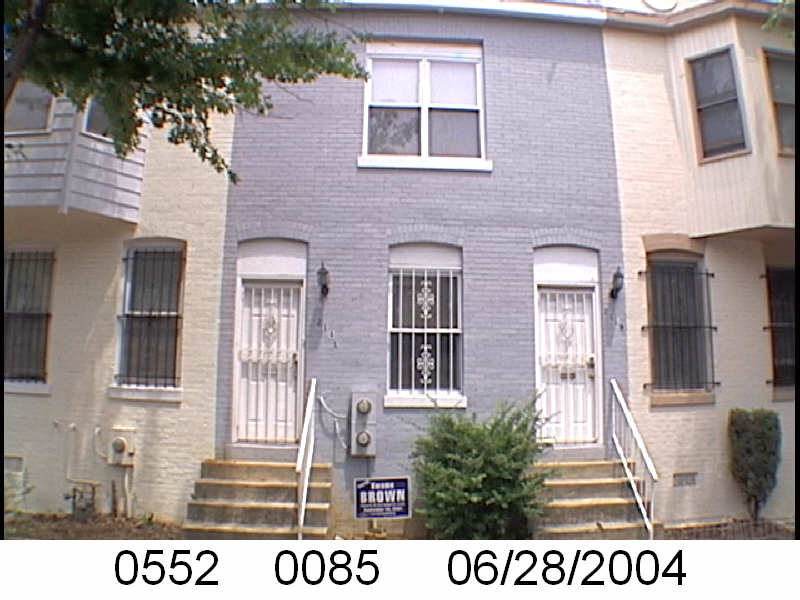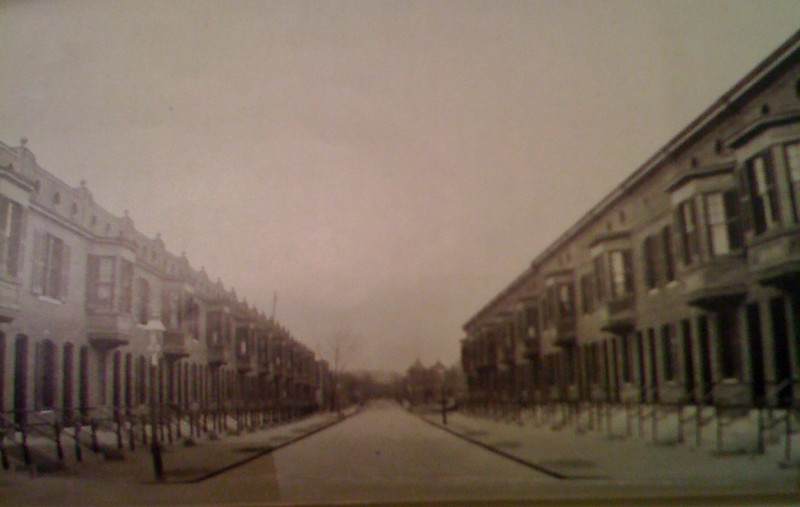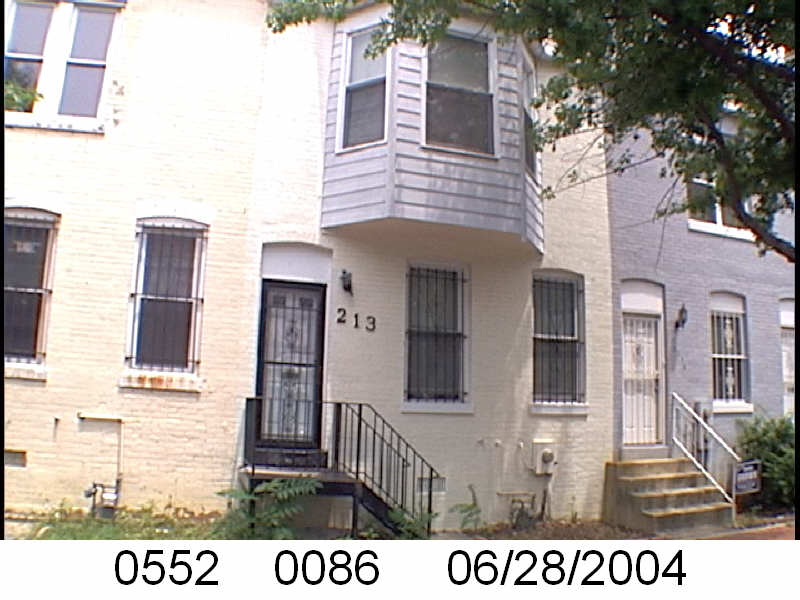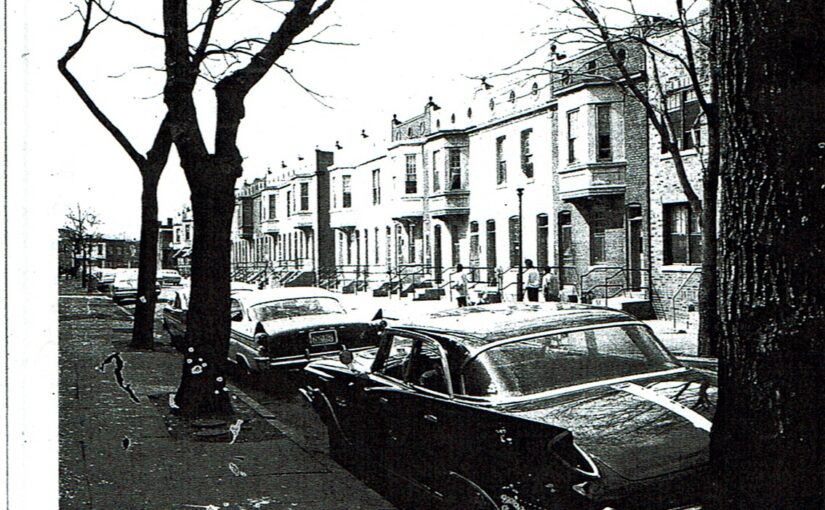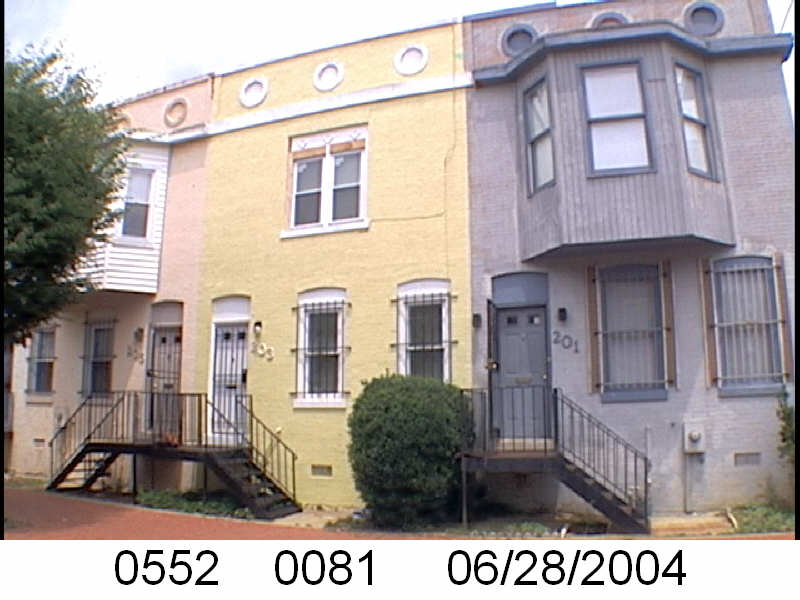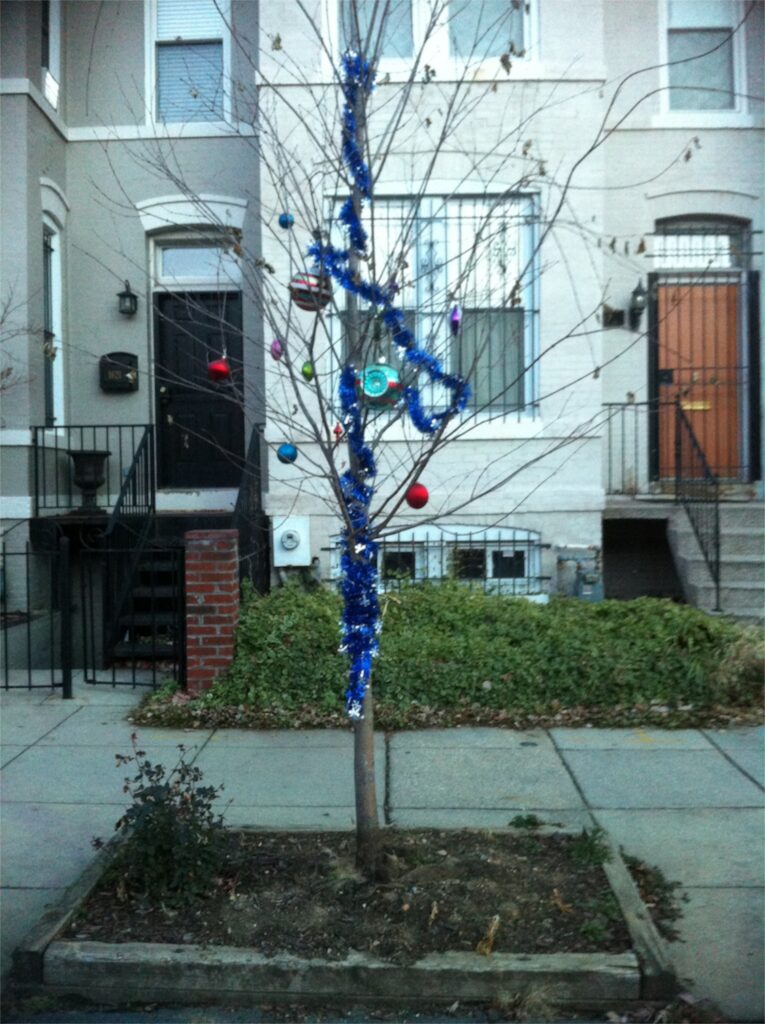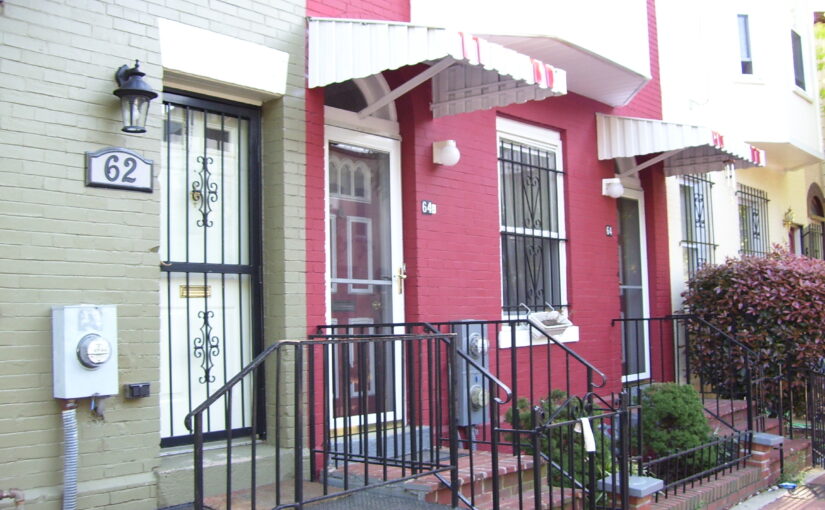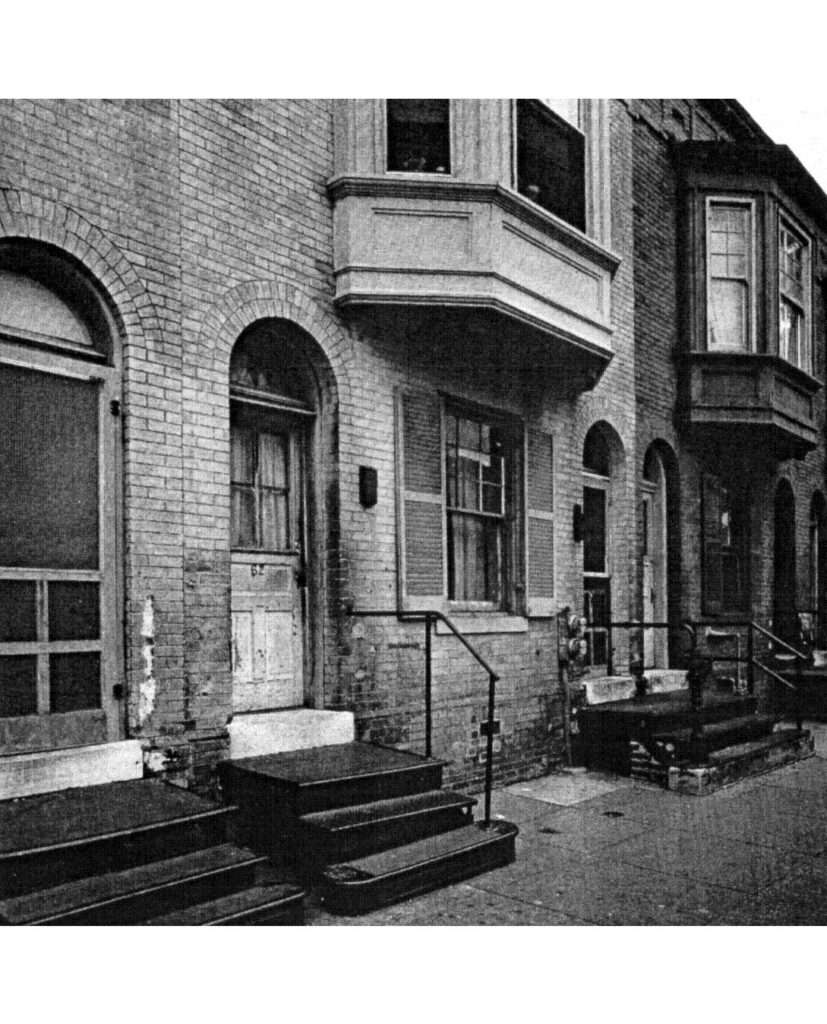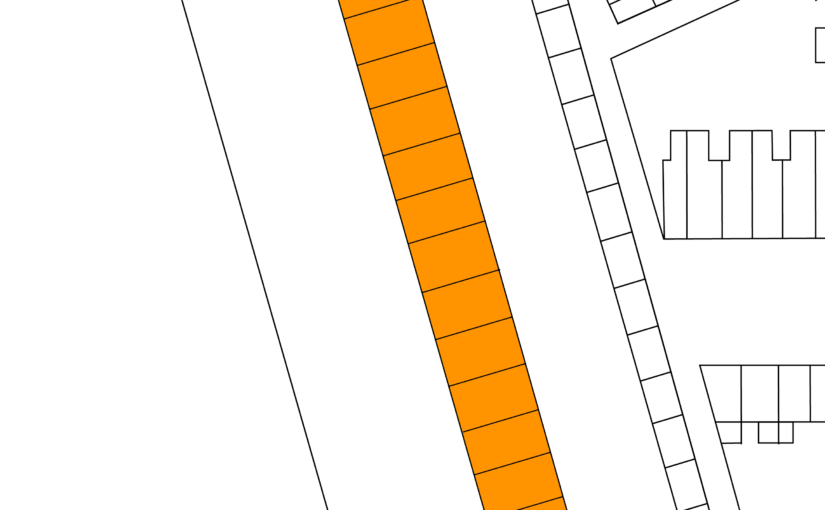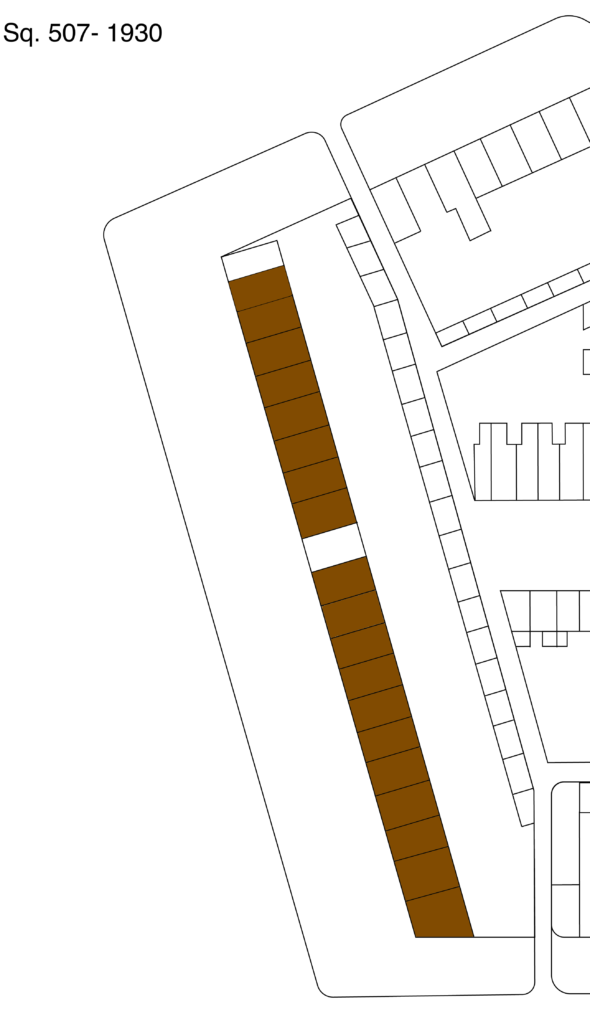The Washington Sanitary Improvement Company (WSIC) was a late 19th century charitable capitalism experiment that ended in the 1950s. This blog started looking at the homes that were supposed to be sold to African American home buyers, after decades of mainly renting to white tenants.
Looking at WSIC properties they tend to have a pattern where the properties were sold to a three business partners, Nathaniel J. Taube, Nathan Levin and James B. Evans as the Colonial Investment Co. for $3 million dollars. Those partners sold to African American buyers. There was usually a foreclosure. Then the property wound up in the hands of George Basiliko and or the DC Redevelopment Land Agency (RLA). Then there were the odd lucky ones who managed to avoid that fate.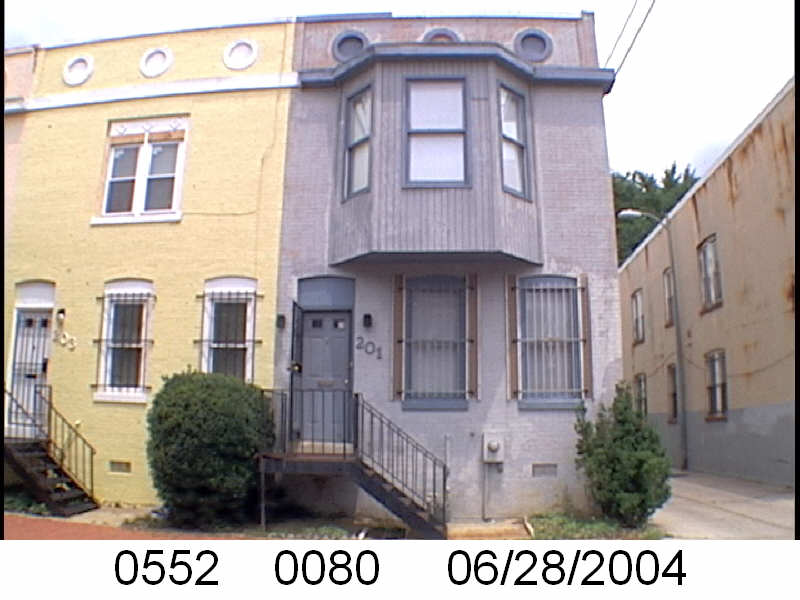
Let’s see what happens with 201 Bates St NW:
- December 1950 (recorded Jan 18, 1951) Evans, Levin and Taube sold one-half of 201 Bates NW to Charles J. and Elizabeth J. Dickerson.
- December 1950 (recorded Jan 18, 1951) the Dickersons borrowed $2,775 from Colonial Investment Co. favorite trustees Abraham H. Levin and Robert G. Weightman.
- December 1950 (recorded Jan 18, 1951) Evans, Levin, and Taube sold the other half of 201 Bates St NW to David L. and Mabel J. Snipes.
- Dec 1950 the Snipes borrowed $2,775 from trustees Abraham H. Levin and Robert G. Weightman.
- August 1952 the Dickersons lost their half to foreclosure. Through an auction Evans, Levin and Taube repossessed the property.
- September 1952 Evans, Levin and Taube resold the foreclosed half to Ernestine Johnson, a widow.
- Sept 1952 Mrs. Johnson borrowed $3,647.07 from Levin and Weightman.
- August 1954 Mrs. Johnson lost her half to foreclosure. half to foreclosure. Through an auction Evans, Levin and Taube repossessed the property.
- November 1961, in a large property package (doc 1962000416), new Colonial partner Harry A. Badt, Evans, Taube, Nathan Levin’s survivors and their spouses sold 201 Bates to Sophia and George Basiliko.
- September 1962 the Snipes sold their half to George Basiliko bringing it under one owner.
- July 1970, as part of a larger property package (document 1970011877), George Basiko sold 201 Bates St NW to the District of Columbia Redevelopment Land Agency (RLA).
- 1978-ish the property was sold/transferred to Bates Street Associates, Inc (BSA).
There were two foreclosures for the same half of the house. The property eventually fell under the ownership of George Basiliko who then sold it to the RLA, which then passed it on to the BSA.

